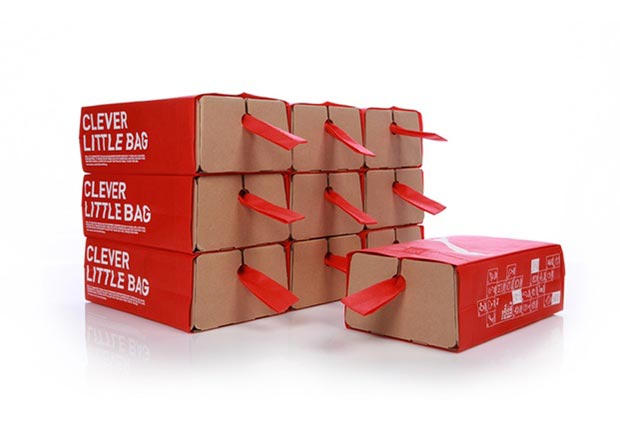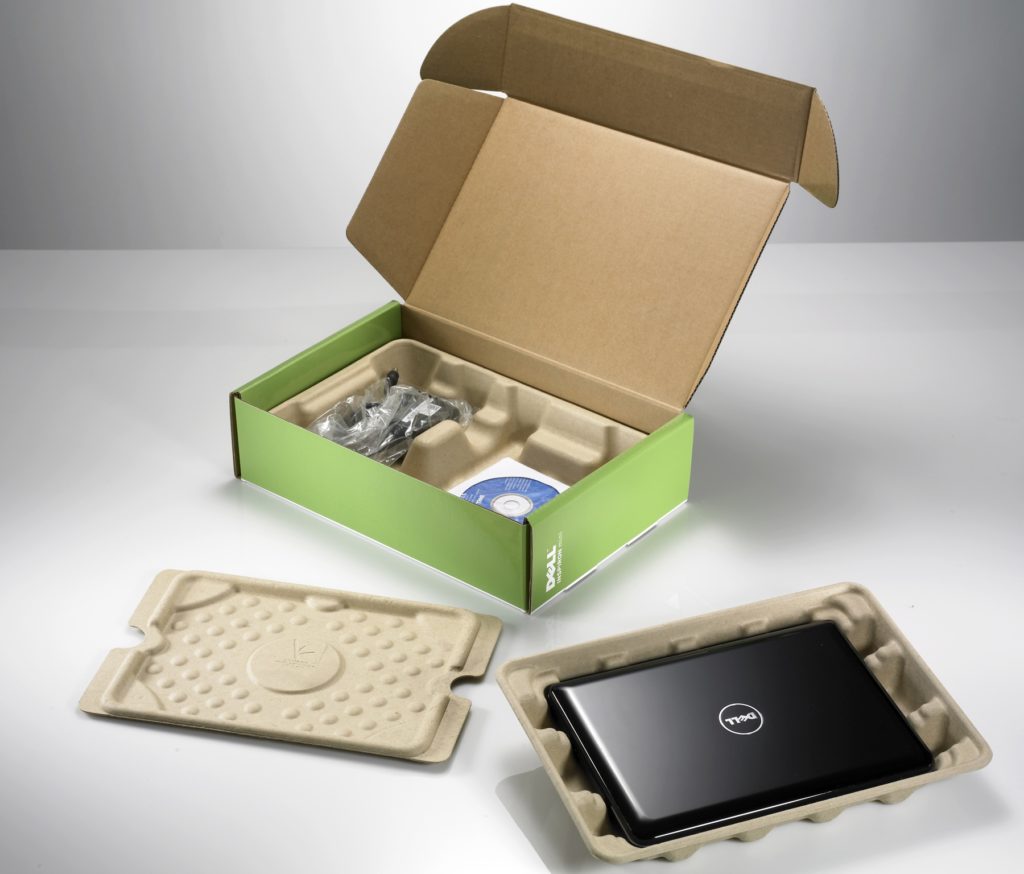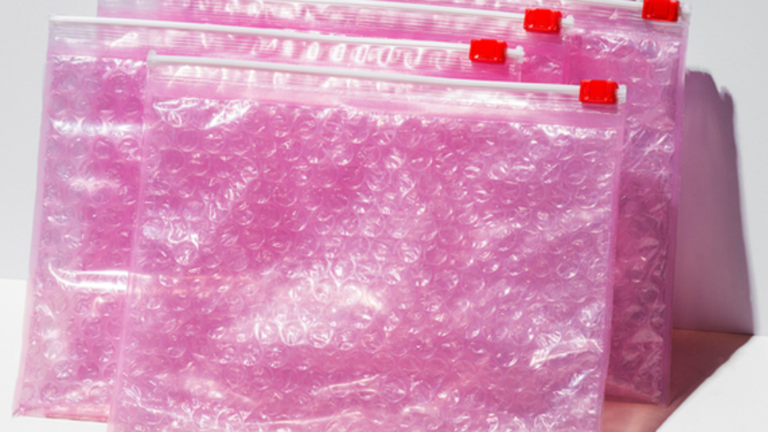3 easy ways retailers can reduce packaging waste.
Eco friendly ecommerce.
2018 was the year that consumers became more environmentally-conscious than ever before. Keep-cups over takeaway coffee cups.
Reusable over single-use straws. Packaging waste is fast becoming a huge societal issue – in fact, it was estimated that over 10,000 tonnes of waste from online orders were accumulated in Ireland in 2018 alone.
And shoppers are taking notice of this, with 61% of online consumers taking into consideration how green a brand’s packaging is before they make a purchase.
So how can retailers start thinking inside the box to make an impact on their waste contribution? The good news is that there are some really easy ways that businesses can dramatically reduce their packaging waste to not only be friendlier to the environment, but also to significantly decrease shipping costs, and drive customer loyalty.
Tip #1: Use recyclable and biodegradable materials wherever possible.
It goes without saying (but we’re going to say it anyway) – you should ALWAYS choose recyclable shipping materials (paper, cardboard, bubble wrap, corn-starch items, and biodegradable plastic) over their non-recyclable counterparts. Better yet – try to use 100% recycled material when shipping your products.
Polystyrene (aka Styrofoam), though it can technically be recycled, typically can’t be done locally, so either ends up in a landfill or unknowingly gets tossed in a recycle bin, where it could potentially slow down the entire recycling process by damaging the machines that sort materials. 71% of consumers are more likely to buy brands that package their products in paper or cardboard, than in other materials, so it’s vital to choose your shipping materials wisely.
This not only impacts on the greater good of the environment, but also to enhances the overall customer experience. One brand who has nailed both is Puma, whose ‘clever little bag’ replaced the traditional shoebox in 2010. The non-woven bag, which holds shoes in place with a single piece of cardboard is responsible for saving 8500 tonnes of paper, 1 million litres of water, and 65% of cardboard material to date.

Source: FuseProject
Tip #2: Size (really) matters.
If you want to ensure that your shipping materials are as eco-friendly as possible, you absolutely MUST start sizing to fit. Over a third of retailers admit to using packaging that’s double the size of the items they are being shipped inside. Not only does this mean unnecessary emissions, but it also comes at an extra cost to merchants. Every inch counts just as much as every kilogram, especially considering the fact that most shipping costs are now based on dimensional weight. What this means is that weight is no longer the dominant factor in calculating shipping rates – how much room a package will take up in a delivery truck is!
Not every brand is going to have the resources available to integrate package design technology that will optimise every last inch of packaging, but every online retailer can absolutely take small steps that will make a big difference.
Simply put, there’s no such thing as a one-size fits all box in online retail. So if you’re shipping a small item to a customer, let’s say a wallet for example – does it really need to be in a double wall 305 x 220 x 220mm box? Probably not. ‘But what about products that need to have the protection that only polystyrene blocks can provide?’ you might wonder. Well, look at Dell, who developed bamboo cushioning back in 2009 as an alternative to plastic foam following customer complaints about their shipping boxes. The cushioning, which can be recycled or composted in the same way as paper has played a significant part in reducing box sizes by 10% as well as cutting 20 million pounds of packaging and an 8% reduction in greenhouse gas emissions.

Source: Dell
Tip #3: Think inside the box
So assuming you have optimised the sizes of your shipping boxes, there’s another conundrum to consider – should you or shouldn’t you crank your packaging up a notch through branding? Well, over 40% of online consumers say that branded packaging makes them more likely to recommend products to friends and are more likely to share images on social media, so, in a word, yes! You should absolutely consider custom branded shipping packaging for your products.
The benefits of custom packaging are two-fold. For starters, it gives brands an opportunity to boost user-generated content by highlighting unique hashtags and encouraging shoppers to share their purchases on social media. But beyond that, custom packaging has a much higher chance of getting a ‘second life’ by customers – i.e. being reused for another purpose.
The master of this is arguably the most instagrammable brand on the planet right now – Glossier. Never has a piece of shipping material made more of an impact in recent years than the pink bubble pouches used by the beauty giant to ship products. The resealable bags have even sparked a slew of internet articles on the various ways to reuse them as travel toiletry kits, pencil cases, waterproof bags, the list goes on.

Source: Bustle
As far as shipping goes, who knows – maybe one-day brands will somehow be able to get orders to customers without the need for packaging. But until then, every little change can make a big difference. Maybe that is removing a single non-essential piece of packaging from your shipments. Or maybe it means altering the sizes of your shipping boxes. Whatever that change may be, any change really is better than no change at all!
Scurri connects commerce and optimises your online ordering, shipping and delivery to be simple, effective and adaptable to your needs. Contact us.
Sign up to our monthly newsletter to stay tuned to the latest trends in ecommerce.

AUTHOR
Michelle McSweeney Content Marketing Manager, Kooomo
